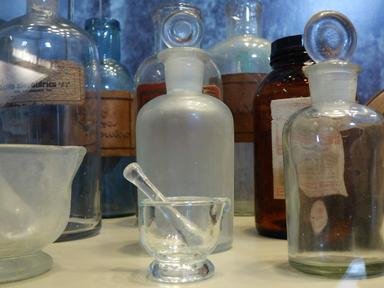Quiz Answer Key and Fun Facts
1. Formerly unununium, now named after the X-ray discoverer.
2. Changed from unnilennium to be named after a woman who did not win a Nobel Prize.
3. Formerly unnilpentium, now named after the Russian home of the Joint Institute for Nuclear Research.
4. Once called unnilhexium, now named after an American nuclear chemist.
5. After being called ununseptium, it was renamed after a US state.
6. It was ununoctium and is now named after a Russian-Armenian physicist.
7. Formerly unnilquadium, now named after a New Zealand physicist.
8. Once called ununtrium, and now named after a country.
9. Previously called unnilseptium, and now named after a Danish physicist.
10. Once called, ununbium, and now named after a Polish astronomer.
Source: Author
Upstart3
This quiz was reviewed by FunTrivia editor
rossian before going online.
Any errors found in FunTrivia content are routinely corrected through our feedback system.
